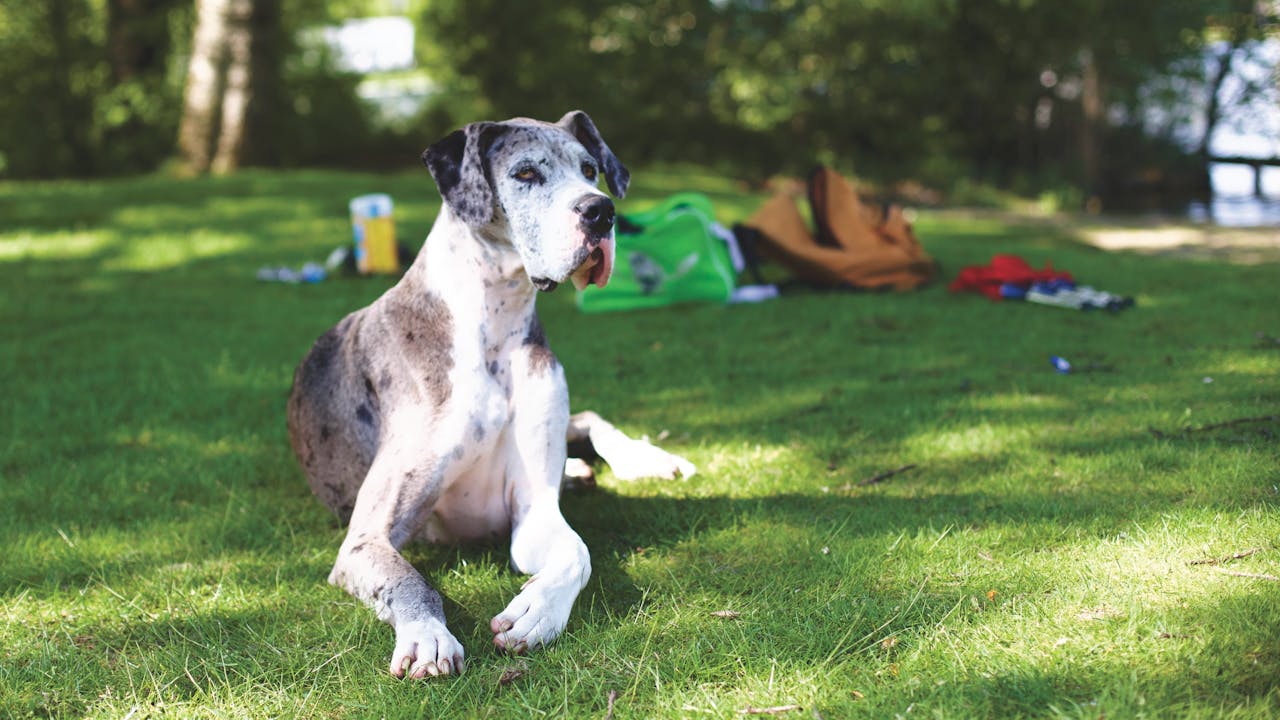6 Mistakes Great Dane Owners Make
So, you got a Great Dane. Congrats! You now live with a creature that looks majestic… but trips over its own feet. These gentle giants are amazing companions—but owning one is a bit like parenting a toddler who weighs more than you and drools like a faucet.
Let’s break down the top 6 mistakes new (and not-so-new) Dane parents make—and how to avoid turning your living room into a war zone of broken furniture and crushed dreams.
1. Skipping Training Because “They’re So Gentle”
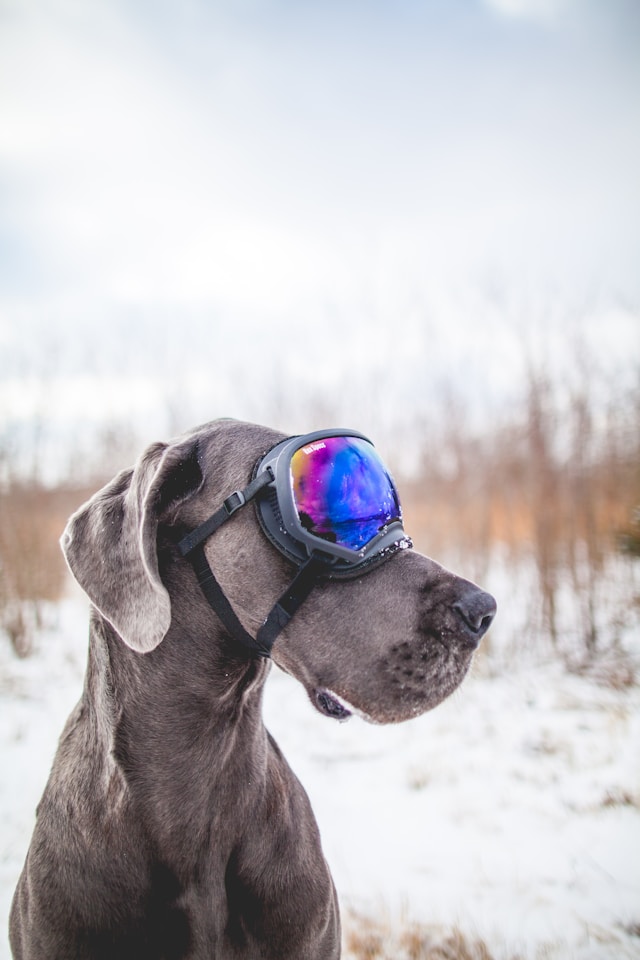
Yeah, Great Danes are usually sweethearts. But when that sweetheart is the size of a linebacker, manners matter. A 150-pound dog that jumps on people? That’s not adorable—it’s an insurance claim waiting to happen.
Fix it:
- Start training early. Like, Day 1.
- Use positive reinforcement and consistency. No exceptions just because “he’s being cute today.”
Pro tip: Teach “off” and “wait” like your life depends on it. Because at some point, it probably will.
🍲 50 Printable Dog Food Recipes Your Pup Will Love
Skip the fillers and preservatives. Make healthy, homemade meals your dog will actually eat — using everyday ingredients you already trust. Vet-friendly, budget-friendly, and super easy to follow. 🐾
Perfect for picky eaters, senior dogs, and pups with sensitive stomachs. Make mealtime simple and nutritious again.
Get the Recipes Now 🐶2. Overexercising Puppies
Puppy zoomies are hilarious. But letting your Great Dane puppy run wild on hard surfaces, stairs, or jump off furniture is a one-way ticket to joint problems.
Their bones and joints are still forming until about 18–24 months, and those lanky legs can’t take high-impact activities.
Fix it:
- Controlled, low-impact play only.
- Keep walks short and frequent.
- No intense fetch, long hikes, or stairs for young pups.
Remember: They grow fast—but that doesn’t mean they’re ready for marathons.
3. Underestimating How Much Space They Actually Need
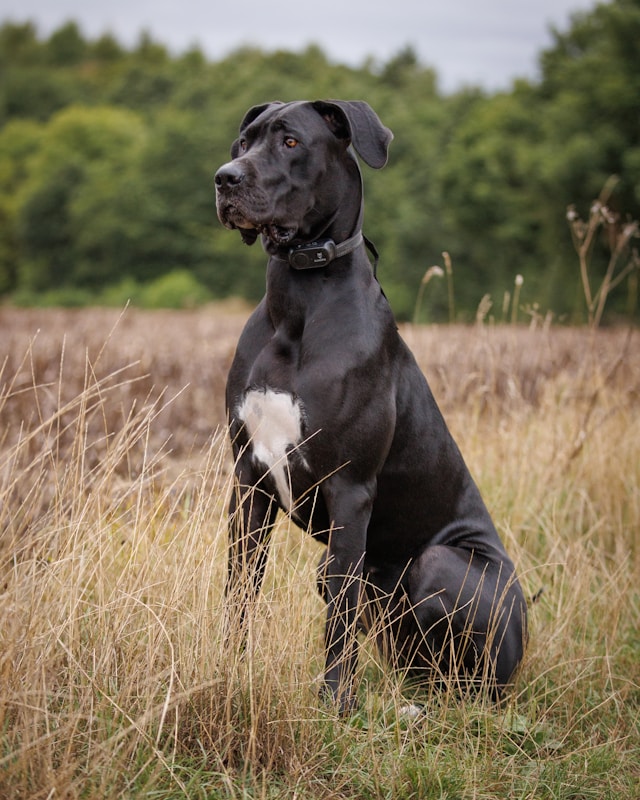
Some people say “Great Danes can live in apartments!” Sure. And I can live in a closet, but that doesn’t mean I’ll be happy about it.
Reality check:
- They need room to stretch out, move around, and avoid knocking over your grandmother’s antique lamp collection.
- That tiny dog bed you bought? Useless. Just give them the couch.
Fix it:
- If you don’t have a yard, daily walks and indoor playtime are non-negotiable.
- Clear your living space—tail-level destruction is very real.
4. Ignoring the Drool Factor
Let’s not sugarcoat it. They drool. A lot. Like, “I just cleaned this and now it looks like a crime scene” levels of drool.
And it’s not just cute little dribbles. It’s ropey, stretchy, splash-zone-level nonsense that clings to walls, pants, and ceilings (yes, ceilings).
Fix it:
- Embrace the drool towel life.
- Teach them not to shake their heads near your open coffee cup.
- Get used to wiping jowls before and after meals like you’re their personal butler.
5. Not Budgeting for Their GIANT Needs
Vet bills? Bigger. Food? Double. Medications? Guess what—also bigger.
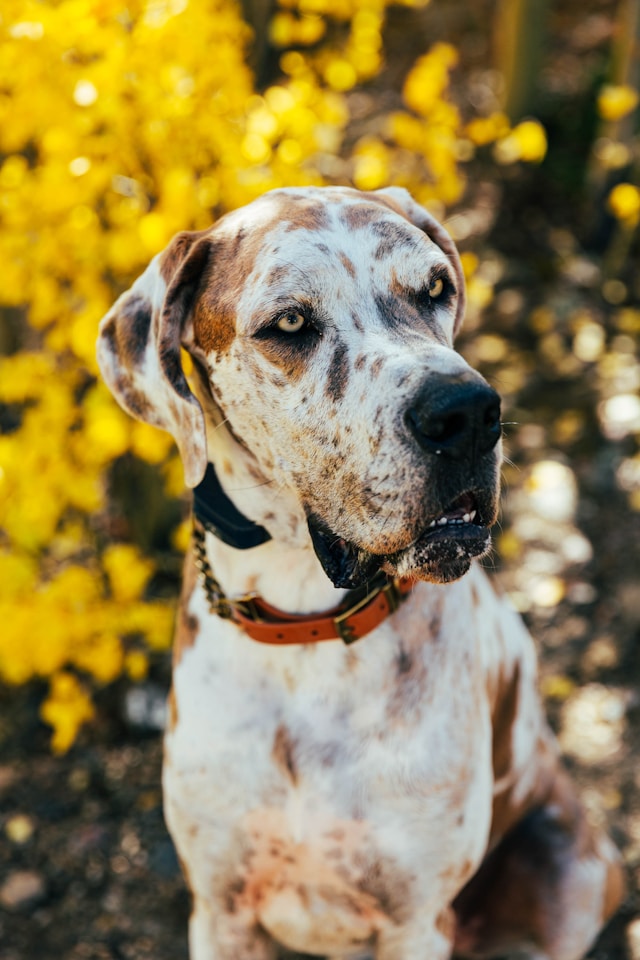
What people don’t realize:
- Great Danes eat a LOT, even when they’re not scarfing food like vacuum cleaners.
- Medical care (like surgery, meds, X-rays) is more expensive because of their size.
- Even crates and collars cost more—because everything needs to be “giant breed–approved.”
Fix it:
- Budget accordingly.
- Consider pet insurance. (Seriously. One torn ACL could cost you a vacation.)
6. Not Knowing About Bloat (Until It’s Too Late)
Let’s get serious for a sec. Bloat (aka Gastric Dilatation-Volvulus or GDV) is a life-threatening emergency—especially common in deep-chested breeds like Great Danes.
What happens:
- The stomach fills with gas and twists.
- It cuts off blood supply and can kill a dog within hours.
- It’s as terrifying as it sounds.
Fix it:
- Know the symptoms: Restlessness, drooling, distended belly, dry heaving.
- Feed smaller meals, avoid vigorous activity after eating, and consider a gastropexy (a preventive surgery—talk to your vet).
- This is not optional knowledge. Every Dane owner must be bloat-aware.
FAQ: Great Dane Edition
Because yes, size matters—and so do the details.
❓Do Great Danes really make good house dogs?
Yep—if you have space, time, and patience. They’re mellow couch potatoes once grown, but their tails still knock over drinks like it’s a sport.
❓How much do they eat?
A full-grown Dane eats 6–10 cups of food a day, depending on age, activity level, and metabolism. Oh, and it better be high-quality, large-breed-specific kibble or you’ll be seeing your vet a lot.
❓Can they live with other dogs or kids?
Absolutely—but early socialization is crucial. And your toddler will basically be eye-level with their jowls. So… maybe keep snacks out of reach.
❓Are they high maintenance?
Let’s just say… they’re low energy but high effort. Short coat? Yes. But big poop, big bills, and big drama. Worth it? Totally. But go in with your eyes open.
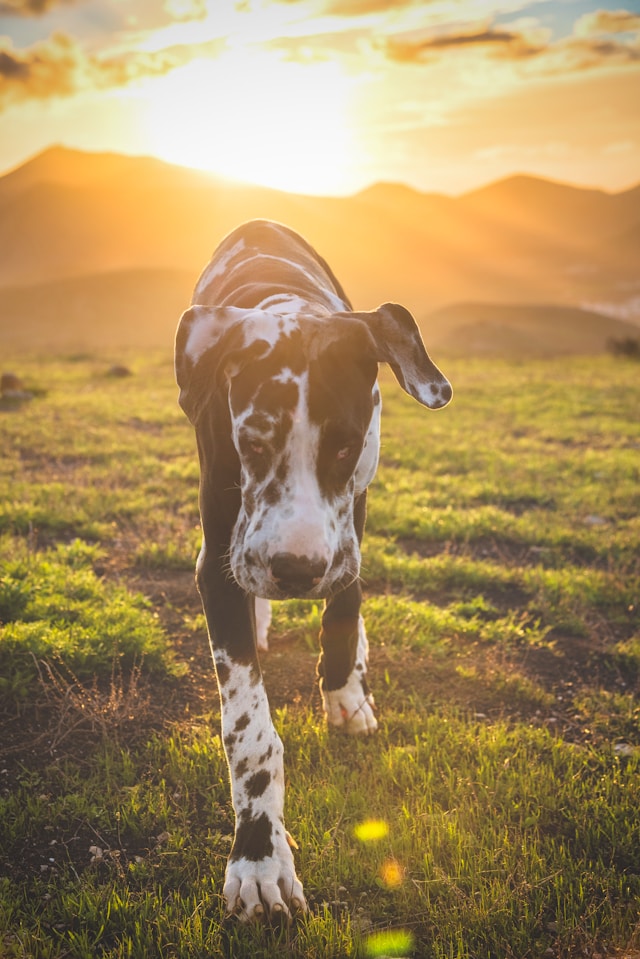
Final Thought
Great Danes are giant goofballs wrapped in short fur and pure heart. They’ll lean on you, sit on you, love you fiercely, and drool on your soul. Just don’t treat them like a “regular” dog—and you’ll both thrive.
Avoid these mistakes and you’ll have a gentle giant who’s a whole lotta dog… and a whole lotta love. 🐾
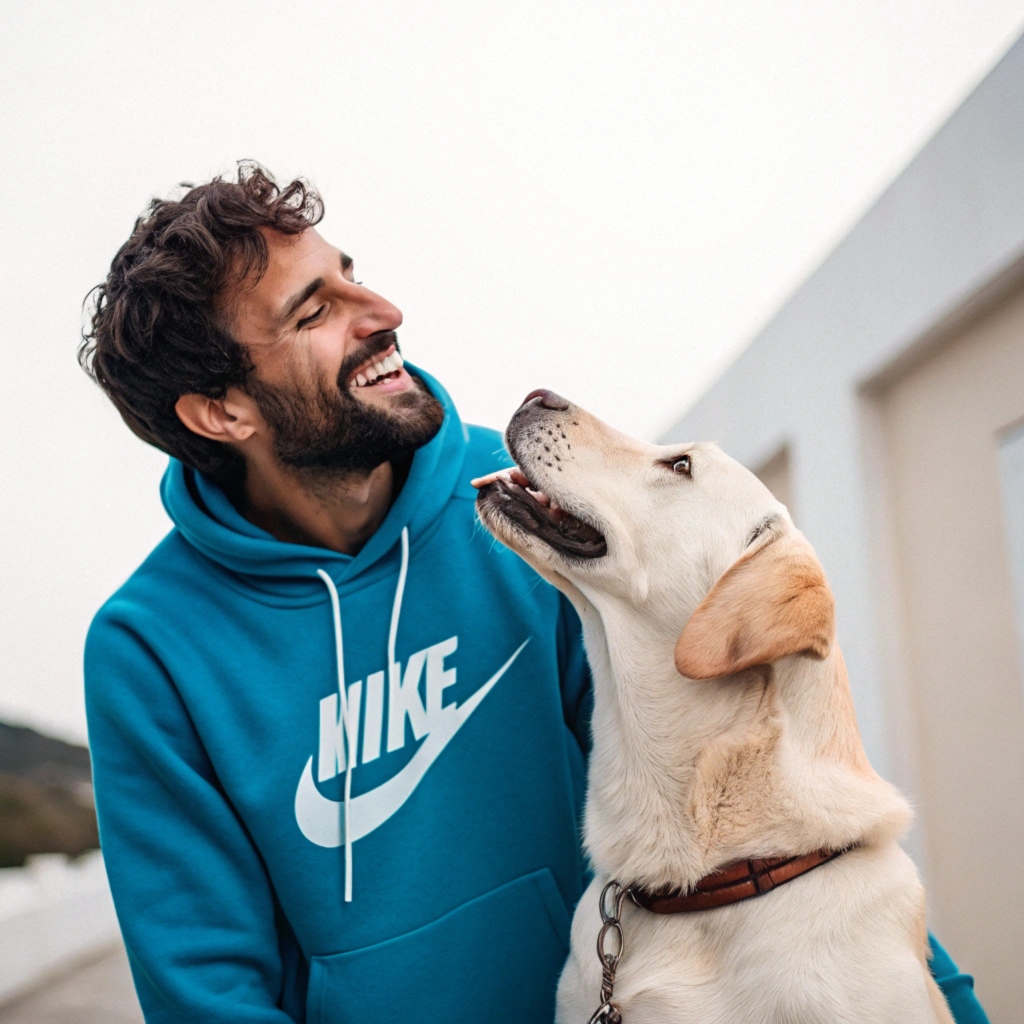
I’ve spent 10+ years in dog training, digging into what makes dogs (and their humans) tick. At Smart Dog Learning, I share my no-nonsense, fun approach to training so you can enjoy life with a well-behaved, happy pup—no boring lectures, just practical results 😉

